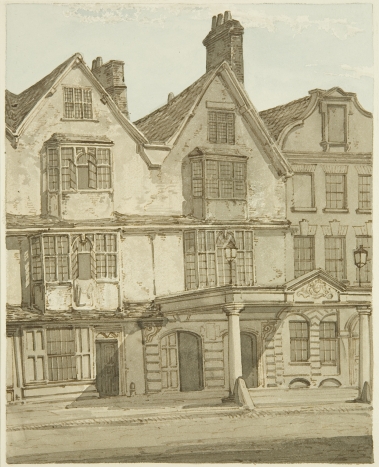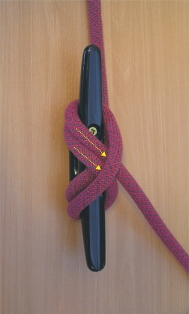What are Bristol Old Vic's links with the sea?
10 Nov 2025
Our Christmas show this year is Treasure Island – the story of a brave young person heading out on a ship to find their fortune. But that isn’t Bristol Old Vic’s only connection with the sea! We have a long history filled with sailors, their families, and traditions…
Maritime connections through King Street
Historically, much of Bristol’s wealth came through sea-faring merchants. The money coming in from the port led to the development of a wealthy neighbourhood around the newly developed Queen Square. The residents of this new neighbourhood needed entertaining, so in 1766, a theatre opened on King Street. This theatre would become the Theatre Royal, later known as Bristol Old Vic.

Rumours around King Street’s many connections with the maritime world have circulated ever since. Legend has it that parts of the theatre were built using recycled timber from ships, though this was not a particularly common practice.
Several stories also surround the Llandoger Trow pub, just down the street from Bristol Old Vic. One story describes how an old sailor told his story there of being marooned – inspiring Daniel Defoe to write Robinson Crusoe. This in turn may have inspired Treasure Island, with the Llandoger Trow reimagined as the fictional Admiral Benbow Inn from the story.
Did sailors work in the theatre?
There are several parallels between the work of a sailor and some of the work that goes on in a theatre. Many have suggested that sailors, when home from the sea, would be employed in theatres. While we don’t know for sure how much this happened, there are many words and traditions that are shared between sailors and theatre-makers.
Rigging – describes using ropes and knots to move things around in a theatre or on a ship
Cleat – a hook used to secure ropes in theatres and on ships
Crew – the team running everything behind the scenes in a theatre or on a ship
Sailors and theatre-makers also each have a long list of superstitions. You may have heard that it is bad luck to whistle on a stage. Legend has it that this comes from sailors working in theatre. On a ship, whistling is used to signal to the crew that they should move sails and large ropes. The concern was that, by whistling on a stage, you would similarly signal the crew to start moving ropes or large props around. At best this could mess up a show, at worst it could lead to something unexpectedly landing on your head!
We know that, at Bristol Old Vic, sailors weren’t only employed as stage crew. There are stories of Sarah M’Cready – the theatre manager in the 1830s – hiring sailor musicians performing in the street. As the story goes, she brought them immediately to the theatre to entertain audiences, and paid them in rum!

Is there a ship on the Bristol Old Vic stage?
Soon there will be two! Our stage will soon be the deck of the Hispaniola, the ship Jim Hawkins sails on in Treasure Island. But there is a more subtle ship that stays on our stage all year round.

Tucked away on a wall on stage left is a drawing of a ship, scratched into the brick. It is labelled EJ Harwell 1859. Researchers have tracked down a likely candidate for who ‘EJ Harwell’ may be. The Harwell family lived in the house above the theatre entrance from 1852-1861, with the parents employed as a carpenter and a dressmaker. Edwin James Harwell would have been 9 years old in 1859 and probably drew the ship (though it could have been his sister, Elizabeth Jane Harwell, who was 7).
Edwin became a sailor in the 1870s and travelled all around the world – visiting America, Australia, New Zealand, and the Netherlands. There is no evidence that he found a secret island full of buried treasure – but it is fun to imagine how much he would have liked our new production of Treasure Island!


